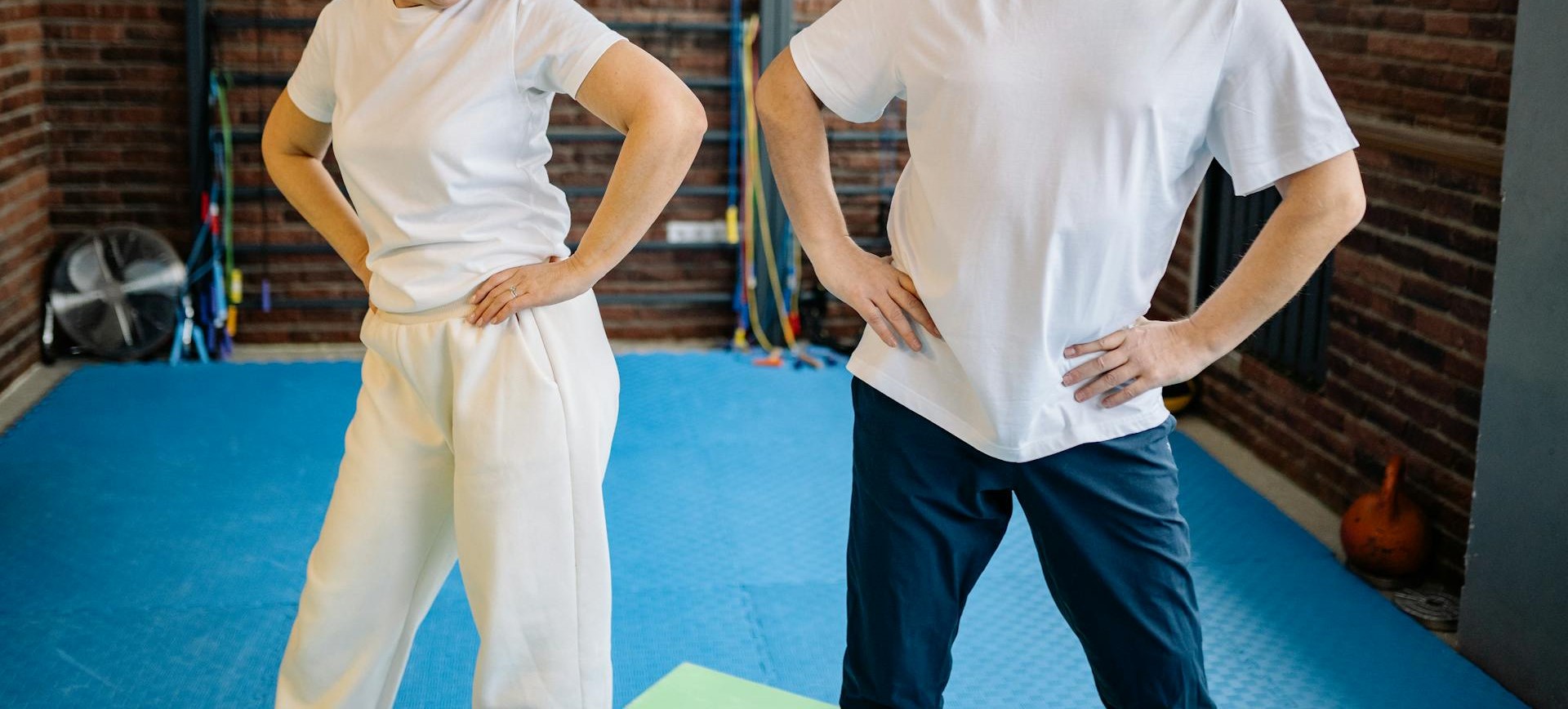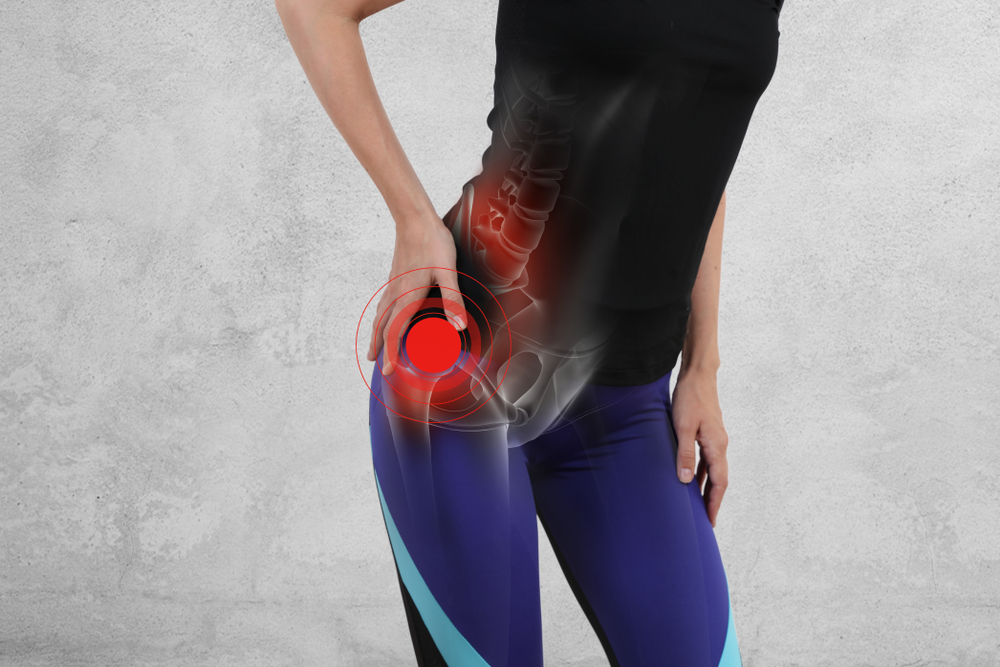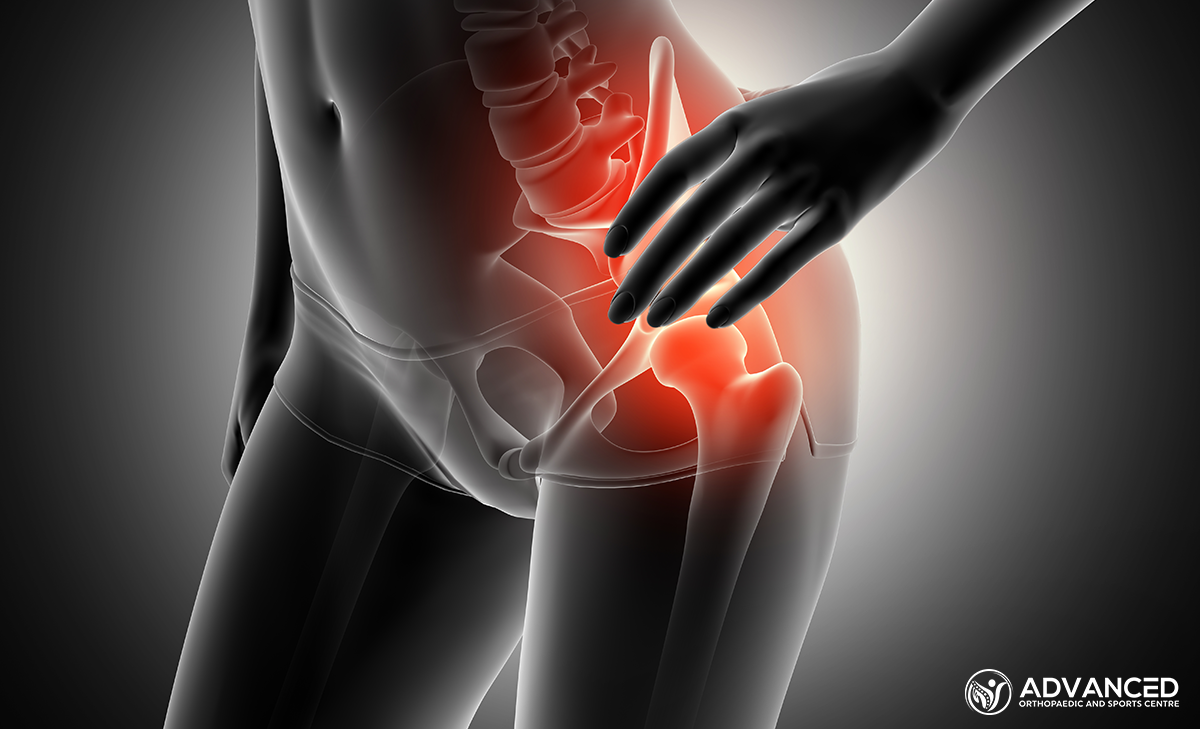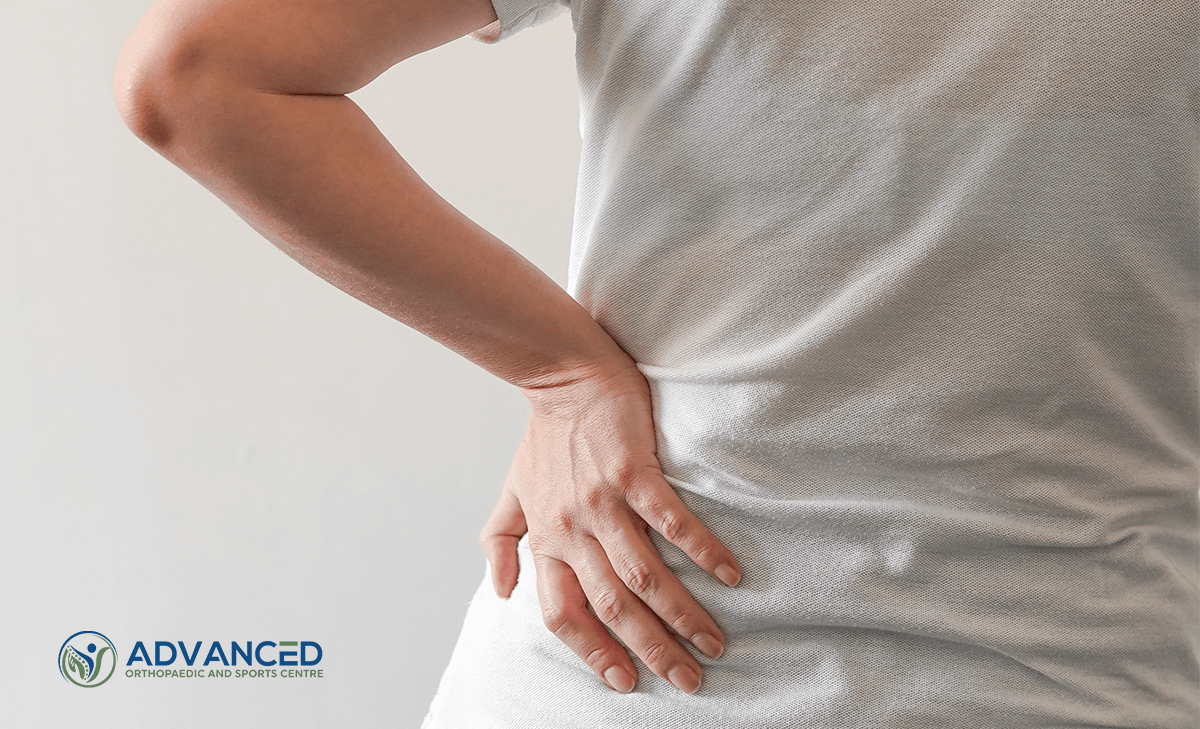What is Snapping Hip Syndrome?
Snapping Hip Syndrome, or coxa saltans, manifests as a snapping sound or sensation in the hip joint during certain movements, such as walking or running. It’s most commonly experienced when the hip is flexed and extended and, though not usually a sign of a serious condition, can sometimes lead to pain and restrict physical activity.
The phenomenon is attributed to the movement of soft tissue structures over bony prominences within the hip region. Despite its potential to cause discomfort and impact an individual’s quality of life, Snapping Hip Syndrome is often treatable with conservative measures.
Causes of Snapping Hip Syndrome
Snapping Hip Syndrome can result from various factors that contribute to the snapping sensation and sound in the hip. These factors are generally grouped by the part of the hip they affect and the underlying mechanism causing the snap. The primary causes include:
Muscular and Tendinous Causes
- Iliotibial Band Syndrome: In external snapping hip syndrome, the iliotibial band snaps over the greater trochanter of the femur.
- Iliopsoas Tendon Snap: For an internal snapping hip, the iliopsoas tendon moves over bony prominences of the pelvis or femur, leading to a snapping sensation.
Structural and Mechanical Causes
- Hip Joint Abnormalities: Variations in hip anatomy or the presence of bony spurs can alter normal movement patterns, contributing to snapping.
- Loose Bodies: Small pieces of bone or cartilage within the hip joint can cause intra-articular snapping.
Activity-Related Causes
- Repetitive Movements: Athletes and individuals engaging in activities that involve repetitive hip flexion and extension are at a higher risk of developing snapping hip syndrome.
- Overuse Injuries: Prolonged or excessive use of hip muscles and tendons can lead to inflammation and thickening, increasing the likelihood of snapping.
Symptoms and Diagnosis
Symptoms
While the condition can affect anyone, it’s most prevalent among athletes and individuals who engage in activities requiring repetitive hip motion. The symptoms can vary in severity, ranging from a mild annoyance with no pain to significant discomfort and disruption of daily activities.
- Audible Snapping Sound: A distinct pop or snap heard during hip flexion or extension.
- Sensation of Snapping: Individuals may feel a snapping or popping inside the hip joint.
- Discomfort or Pain: While not always present, some may experience pain or discomfort, especially after prolonged activity.
- Limited Movement: In severe cases, the condition may lead to a reduction in hip mobility.
Diagnosis
Diagnosing Snapping Hip Syndrome involves a combination of patient history, physical examination, and sometimes imaging tests. This comprehensive approach ensures an accurate diagnosis by differentiating it from other hip-related conditions and pinpointing the exact cause of the snapping sensation.
- Physical Examination: Focuses on replicating the snap and assessing hip function. specific movements are performed to replicate the snapping sensation and identify its source.
- Patient History: Information about symptoms, onset, and activities that exacerbate the condition.
- Imaging Tests: Used selectively to exclude other hip disorders or confirm intra-articular involvement.
Treatment Options
Treatment strategies vary based on the type of snapping hip and the severity of symptoms, but the primary goal is to reduce or eliminate the snapping sensation and any associated pain.
Conservative Treatments
- Physical Therapy: Tailored exercises strengthen the hip and improve flexibility, reducing the tension on tendons and muscles.
- Activity Modification: Avoiding activities that exacerbate the snapping or cause pain can help manage symptoms.
- Nonsteroidal Anti-inflammatory Drugs (NSAIDs): Medications such as ibuprofen can reduce inflammation and pain.
- Corticosteroid Injections: For cases involving significant inflammation, injections may provide temporary relief.
Advanced Treatments
In cases where conservative treatments do not provide relief, or if structural abnormalities are contributing to the syndrome, more invasive options may be considered:
- Surgical Intervention: Procedures may be recommended to correct anatomical abnormalities or to remove loose bodies from the hip joint.
- Arthroscopic Surgery: A minimally invasive surgery that can repair or remove the damaged tissue causing the snapping.
Rehabilitation and Physiotherapy
Key Components of Rehabilitation
A well-designed rehabilitation program aims to restore hip function, improve strength and flexibility, and prevent future episodes. Key components include:
- Strengthening Exercises: Targeting the hip flexors, extensors, abductors, and adductors to improve stability and reduce undue stress on the tendons and muscles.
- Stretching Routines: Increasing the flexibility of the hip muscles, particularly the iliopsoas and iliotibial band, to lessen the tension causing the snapping.
- Corrective Exercise: Techniques designed to correct posture and improve gait patterns can help mitigate the factors leading to snapping.
Role of Physiotherapy
Physiotherapy plays a vital role in the management of Snapping Hip Syndrome, providing personalized care plans based on the specific needs of each patient.
Through a combination of manual therapy, exercise, and education, physiotherapists help individuals by reducing pain, improving function and preventing recurrence by helping patients modify their activities to avoid triggering symptoms.
Prevention Strategies
Preventing Snapping Hip Syndrome primarily focuses on minimizing the biomechanical and physical stressors that contribute to its occurrence. Key strategies include:
Regular Stretching and Strengthening
Regular stretching of the hip, thigh, and lower back muscles, combined with strengthening exercises for the hip stabilizers, can prevent the conditions leading to snapping.
Proper Technique and Equipment
Adopting the correct form during exercise and sports activities helps reduce undue stress on the hip joint. Using appropriate footwear that offers good support can also protect against hip and lower extremity strain.
Adequate Warm-Up and Cool-Down
Implementing a thorough warm-up before and a cool-down after physical activities prepares the muscles for exercise and aids in recovery, respectively, reducing the risk of injury.
Monitoring Workload and Recovery
Gradually increasing the intensity and volume of physical activities while ensuring adequate rest and recovery periods can prevent overuse injuries, including Snapping Hip Syndrome.
When to Seek Medical Advice
It is important to seek medical advice if Snapping Hip Syndrome is accompanied by persistent pain, limited mobility, swelling, or bruising, or if symptoms do not improve with home remedies.
Early medical intervention can prevent the condition from worsening and ensure a quicker return to normal activities. Timely treatment is key to managing symptoms effectively and maintaining hip health and mobility.




